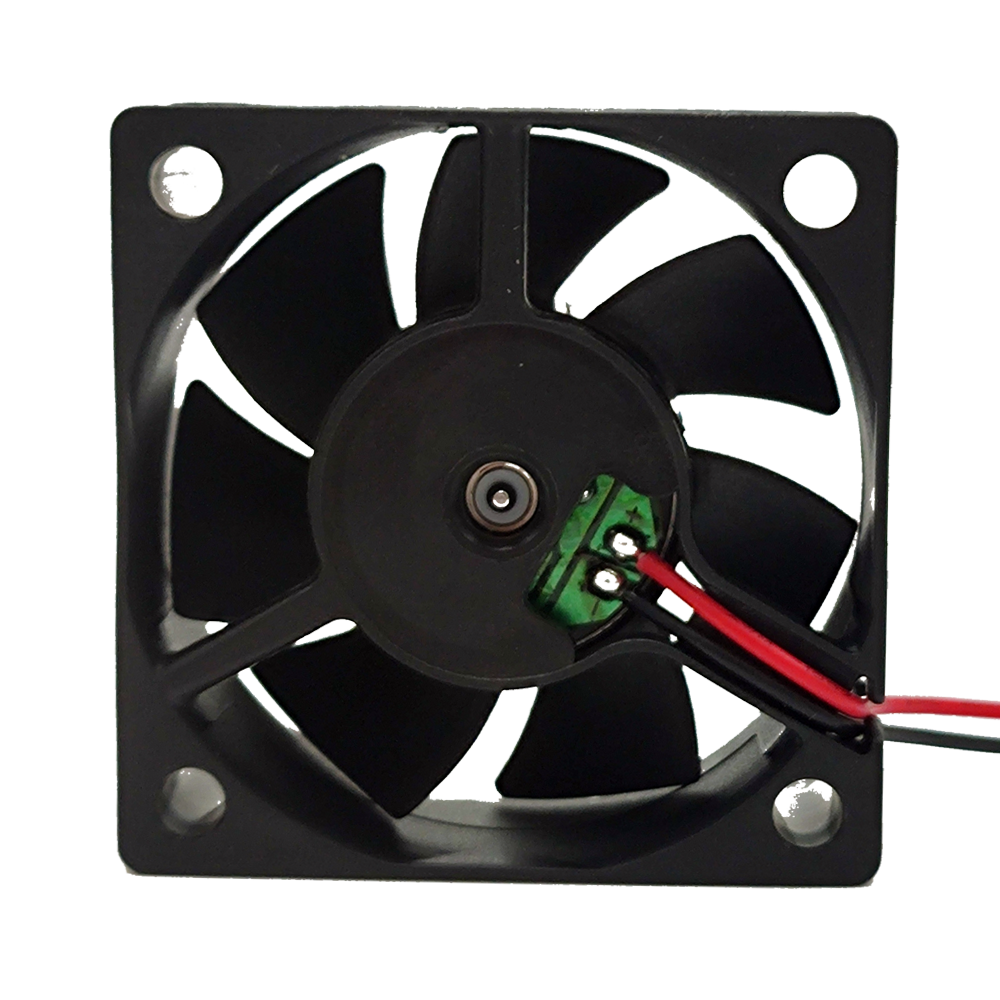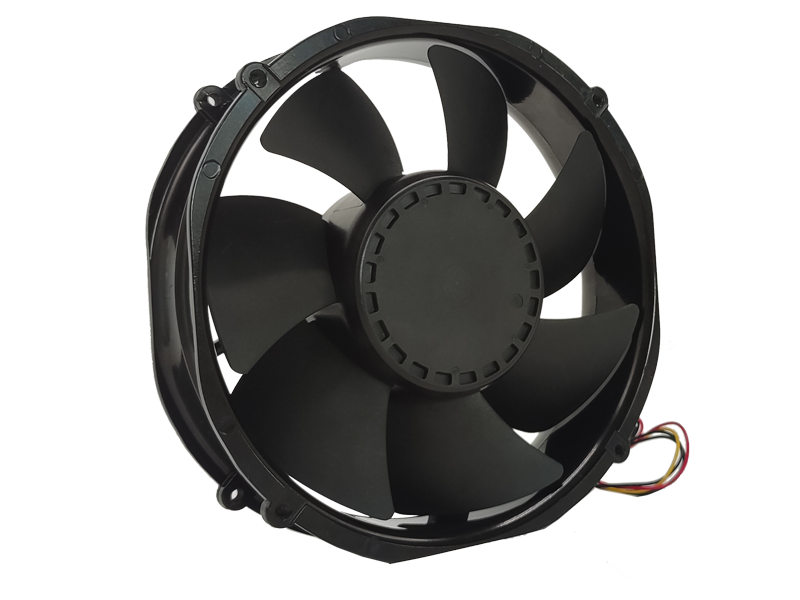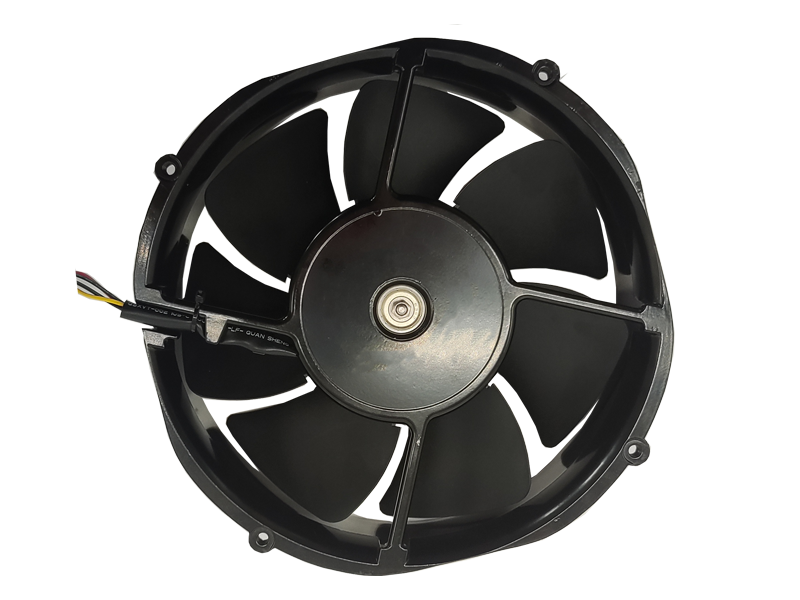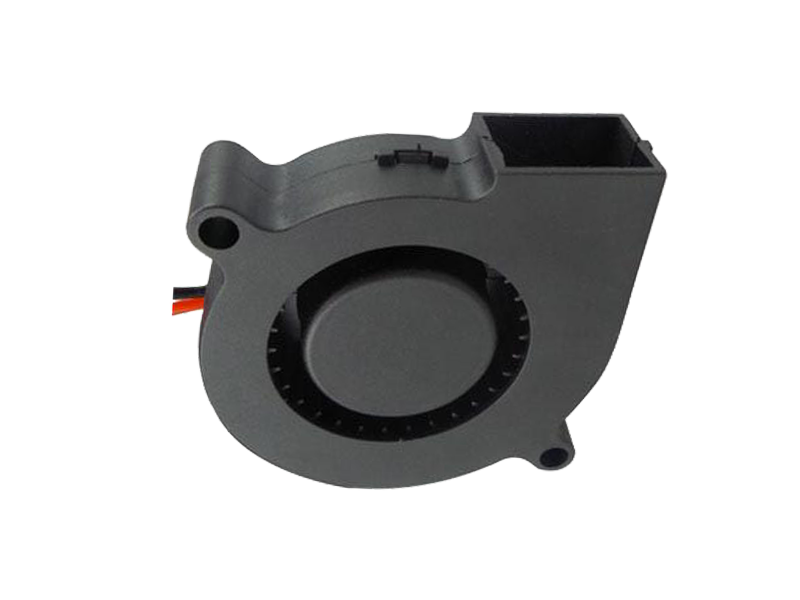Introduction: The Evolution of Industrial Airflow Solutions
The industrial fan has transcended its role as a mere ventilation device to become a critical component in optimizing operational efficiency, worker safety, and energy sustainability. This article examines how product design philosophies have shifted from mechanical reliability to intelligent, context-aware systems that address the complex challenges of modern industrial environments.
1. Material Science Breakthroughs in Fan Construction
1.1 Composite Blade Technologies
The integration of carbon fiber-reinforced polymers (CFRP) in fan blades has enabled a 40% weight reduction while maintaining torsional rigidity. A case study from a German automotive plant demonstrated a 22% energy savings after adopting CFRP fans, with blade fatigue failures reduced to 0.03% over 50,000 operational hours.
1.2 Corrosion-Resistant Coatings
Advanced nanocoatings containing graphene oxide particles have revolutionized humidity control. In Southeast Asian food processing facilities, these coatings extended fan lifespan to 12+ years in 95% relative humidity environments, outperforming traditional galvanized steel by 300%.
2. Motor Technology Revolution
2.1 Permanent Magnet Synchronous Motors (PMSM)
PMSM adoption in industrial fans has achieved 95% energy efficiency ratings. A comparative study in Australian mining operations showed PMSM-driven fans reduced power consumption by 38% compared to induction motors, with instant torque delivery enabling precise airflow control.
2.2 Regenerative Braking Systems
Innovative energy recovery mechanisms now capture kinetic energy during fan deceleration. A pilot program in Norwegian fish processing plants recovered 23% of operational energy, achieving payback periods under 18 months.
3. Intelligent Control Architectures
3.1 IoT-Enabled Predictive Maintenance
Embedded vibration sensors and thermal imaging arrays now enable real-time health monitoring. A semiconductor manufacturer in Taiwan reduced unplanned downtime by 82% using predictive algorithms that identified bearing degradation 14 weeks before failure.

3.2 Adaptive Airflow Algorithms
Machine learning algorithms analyze spatial temperature data to dynamically adjust blade pitch. In a U.S. data center deployment, this system maintained optimal cooling with 29% lower average RPM, reducing noise pollution to 62 dB(A).
4. Ergonomic Design for Industrial Environments
4.1 Modular Maintenance Interfaces
Quick-release blade attachments and self-aligning couplings have reduced maintenance time by 67%. A comparative analysis in Brazilian steel mills showed these designs decreased worker injury rates by 41% during servicing.
4.2 Explosion-Proof Certifications
ATEX/IECEx-certified fans now incorporate optical sensors that detect combustible dust concentrations. In a UK pharmaceutical plant, this system triggered automatic shutdown 3 seconds before reaching explosive thresholds.
Conclusion: The Future of Industrial Airflow Management
Modern industrial fans exemplify the convergence of material science, motor engineering, and AI-driven control systems. Product teams must now balance mechanical performance with digital integration capabilities to meet Industry 4.0 requirements. The next frontier involves biophilic designs that mimic natural ventilation patterns while maintaining industrial-grade durability.
Recommended Products

The main purpose:Car charging station

The main purpose:Car charging station

The main purpose:Electronic refrigerators, water dispensers, direct drinking machines, inverter power supplies
Address:No. 4137, Longgang Avenue (Henggang Section), Henggang Community, Henggang Street, Longgang District, Shenzhen
hotline:13530005572(Chen)15112579390(Li)


Welcome all friends to come for consultation and negotiation.
Copyright 2024 @ Shenzhen Youneng Xinyuan Electronics Co., Ltd.,(industrial fans,industrial blowers,axial fans,cooling fans manufacturer,centrifugal fans,ac cooling fans,dc cooling fans)